
BuildWitt: A Not So Brief History (PART 12)
Cats (not the machine), Rocks, and Mustaches
Welcome back to my highly inaccurate history of BuildWitt!
If you missed PART 11, I discussed more failures, Uncle Pete, and Mount Vernon.
In this episode, I explain the details of the Kiewit project I worked on, while the next will have the dumb stories…
My Living Situation
In my hurry to find a place to live in a small Washington town for only a few months, I booked a room in someone's house via Airbnb. The person turned out to be an 80-year-old woman with three cats, which was 300% more cats than I desired.
My bedroom was barely big enough for a twin bed and small desk, and I shared the one bathroom in the house with the woman and her menagerie.
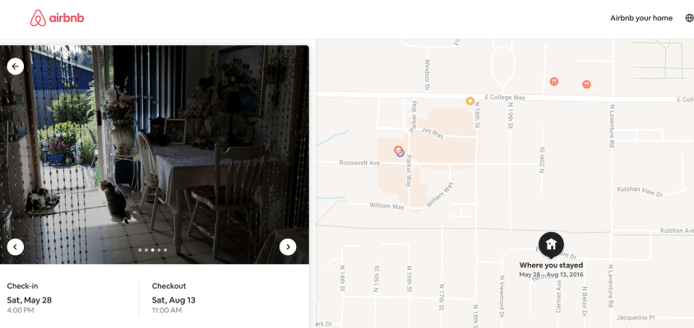
In fairness, she wasn't that bad. But after 12+ hour shifts, I wasn't exactly feeling chatty.
But the cats were a different story…
I stay hydrated, meaning I often pee at night.
Just imagine… It's 2 AM—dark, quiet, and cold. I have to pee. Damnit. I open my door at a snail's pace to prevent noise, tiptoe down the hall past the old lady's (I forget her name… sue me) bedroom, and shut the bathroom door before turning on the blinding light.
As soon as I hit the switch, there was a 30% chance of a cat shooting out from behind the shower curtain, trying to escape the bathroom, and me shitting a brick.
After removing the creature and slowing my heart rate back to resting from 150 BPM, I'd pee and TRY to go back to sleep.
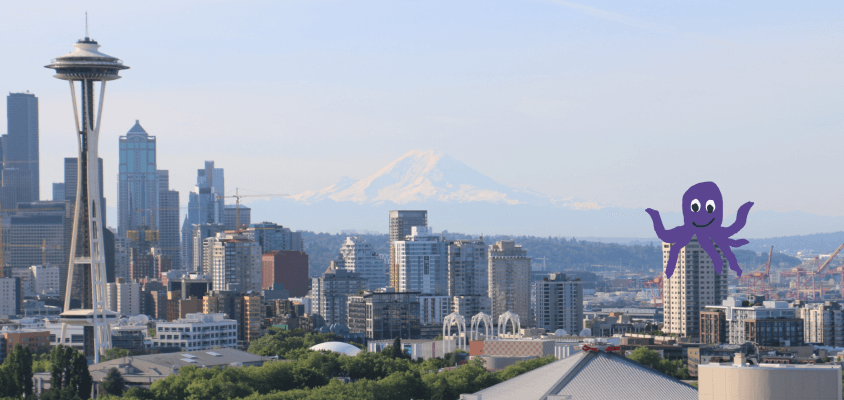
I quickly looked for an off-ramp. I was well past the cancellation date, so the room was mine. I called my friend DJ who lived in Seattle, and asked if I could sometimes stay at his place. Not only did he have a spare bedroom, but his house was cat-less.
For the rest of the summer, I stayed in Seattle four nights a week and in Mount Vernon for three. From Seattle, my drive to work was only an hour, but the way home was two, thanks to traffic. That's how much my nightly pee break peace was worth.
The Job
Before I explain the project itself, I must explain its purpose.
The Columbia River divides the great states of Oregon and Washington. The enormous waterway originates in the Canadian Rockies and eventually empties into the Pacific Ocean.
It provides water and power to hundreds of thousands of people, and the waterway is an important shipping lane.
That's great, but where the heck does this have to do with a little quarry over 1,000 miles away?
Give me a second!

To protect the shipping channel and prevent storm surges from advancing upriver, the Army Corps of Engineers began building several stone jetties at the mouth of the Columbia in the 1800s. Construction continued into the 1900s, and once completed, several miles of jetty channeled the water from the northern (Washington) and southern (Oregon) sides.
But after decades of Mother Nature doing her worst to the stone structures, they needed TLC. The Army Corps conducted assessments, requested a few hundred million dollars from the federal government, and began awarding contracts.
Kiewit threw their hat in the ring and picked up the "Jetty A" rehabilitation project.
Awesome! But seriously… WHAT DOES THIS HAVE TO DO WITH A SMALL QUARRY IN WASHINGTON?
I'M ALMOST THERE!
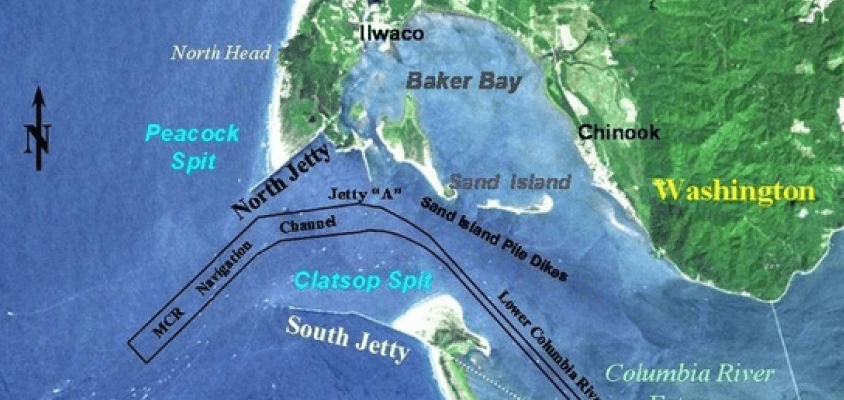
Anyone who's built anything knows that specifications govern the types of materials permitted on projects. And since the Columbia River jetties are so critical, the Army Corps specs were as prescriptive as heart surgery.
Every jetty stone had to meet a specific density, and that density existed in only a few quarries in the entire PNW. Not only was there a narrow list, but the number of quarries that could produce 82,000 tons of the stuff was even smaller.
Enter Beaver Lake Quarry…
Beaver Lake
A few miles east of Mount Vernon lies Beaver Lake Road, and on Beaver Lake Road is Beaver Lake Quarry. Nestled amongst forested hills, raspberry patches, and cornfields, it's one large rock that was originally hundreds of feet high.
Despite its no-frills personality, the rock at Beaver Lake is perfect for jetty stone.
Thanks to its magical properties, companies raided the place for decades, including Kiewit, several times before we arrived again in 2017.

After turning off the country road onto a haul road, you'd pass our tiny job trailer and many piles of rocks from past blasting. Drive a quarter mile, and the main show came into sight. On the left was our temporary scale house. And on the right was a field of labeled jetty stones with several benches of unblasted rock towering above.
Since it was off the beaten trail, we rarely had visitors, with one Kiewit executive only visiting once. But there was one regular without a yellow hard hat—Fred.
Fred was unshaven, wore the same coveralls seven days a week, owned an excavator for "around the house," and was missing multiple fingers.
Why would Fred wander the quarry? He owned the place.
We paid Fred a royalty on every ton harvested, plus we left him endless blasted material that was too small for us but perfect for his makeshift crushing setup. No wonder he had an excavator around the house…
The Operation
Welcome to the anatomy of a jetty stone mining operation!
Step one—drilling! Two Atlas Copco drills worked feverishly to poke enough holes through the tricky rock for daily blasting.
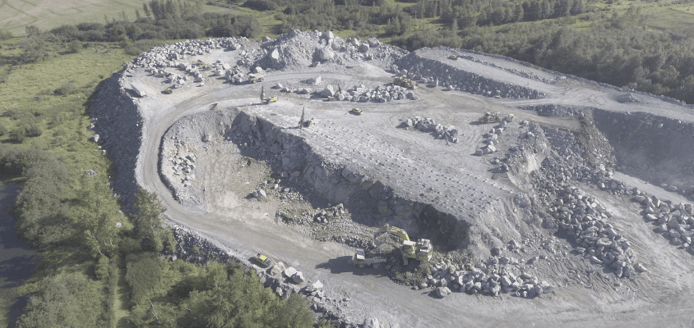
This is where our operation already differed from a typical quarry. Any pit after aggregate wants small fragmentation (rock size post-blasting). But we wanted the opposite—as many big rocks as possible. We spaced the holes much further apart than usual to prevent total annihilation.
Next… BLASTING!
We also created a blasting plan for every shot as we planned our drill pattern. Referencing our explosive map, we'd stop by the magazines (the term for the metal sheds containing the explosives) and stock up on the necessary boosters and blasting caps. Finally, we grabbed a truckload of 50-pound bags of ANFO (ammonium nitrate fuel oil) and headed off.
We inserted the blasting caps into the boosters, lowered each high explosive into the hole, filled the hole to the proper depth with a bag of ANFO (the explosive that does the work), and covered the fertilizer in crushed stone (stemming) to keep the energy within the earth.
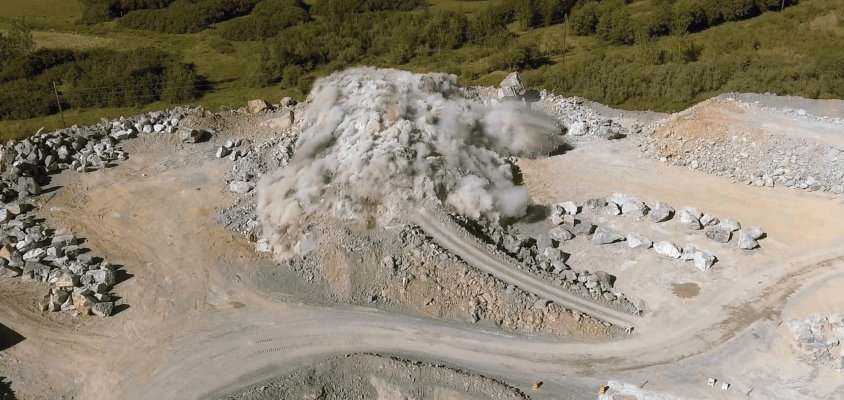
Once we tied the yellow cords from every hole together, we ran one long line to a safe distance. Every afternoon, we hit the air horn, ensured everyone was clear, and hit it. BOOOOM!
Not only was blasting my realm (more to come), but it's where the job succeeded or failed. It was half science and half art—too much, and we'd render the valuable rock worthless for our purposes, and too little, we'd be stuck with immovable rocks.
With everything blasted, it was time for loading. The monstrous Komatsu PC2000 would crawl to the rubble to pick stones from the pile.
Despite the size of the 200+ ton machine, many rocks were a wrestling match, with the rocks often winning. Its giant bucket would position stones on either side, where the D10 or 990 loader took over.
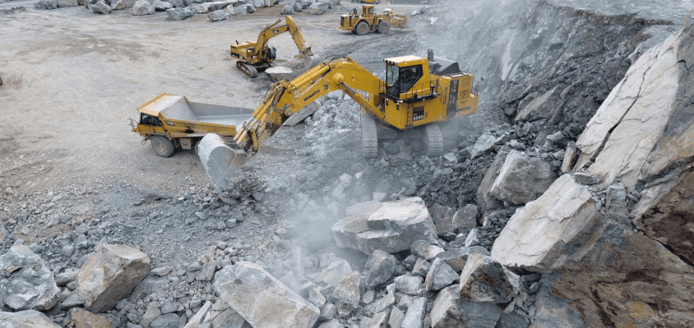
Awaiting 773 haul trucks (comically small compared to the 2000) hauled the remaining undersize rock to a waste dump on the quarry's edge.
The loader and dozer arranged stones around the pit based on size. The really big ones (60+ tons) required more blasting, the medium ones (30-60 tons) required drilling and splitting, and anything less than 30 tons wound up at the shipping department.
The shipping department was a 988 loader with rock forks, a few kickass crew members, and truck scales. Before loading, we weighed and labeled every rock. The loader picked stones from the pile, lifted them to activate the scales, and someone then spray-painted the weight on the side.
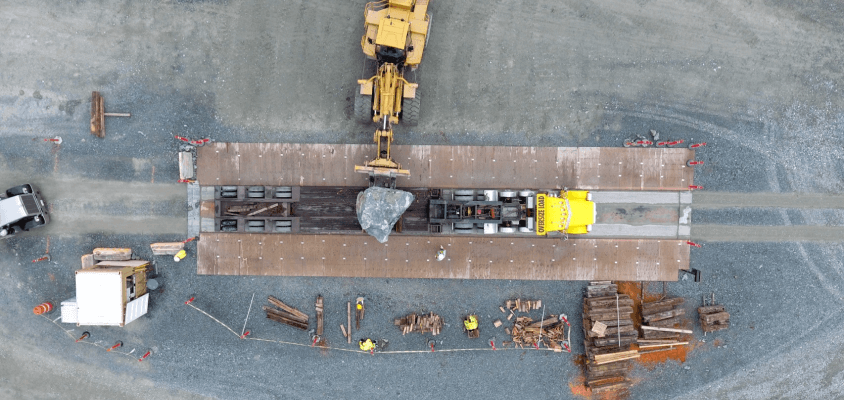
Trucks pulling low beds and tandem trailers rolled onto the scales, and the loading crew carefully placed each rock, ranging from six to thirty tons, on the trailers. The scale shack verified and recorded the weight for tracking. The truck driver chained down the earthly load, and then drove the 30 miles through town to the Port of Anacortes.
At the port, another 988 unloaded each truck, stockpiled the rocks and waited for the barge. Upon its arrival, the loader fed rocks to the Liebherr duty cycle crane onboard, which placed about 13,000 tons per trip across the enormous barge.
FINALLY…
The barge floated for over 1,000 miles to reach the work area, unload, and return every two weeks until the 82,000 tons reached Jetty A.
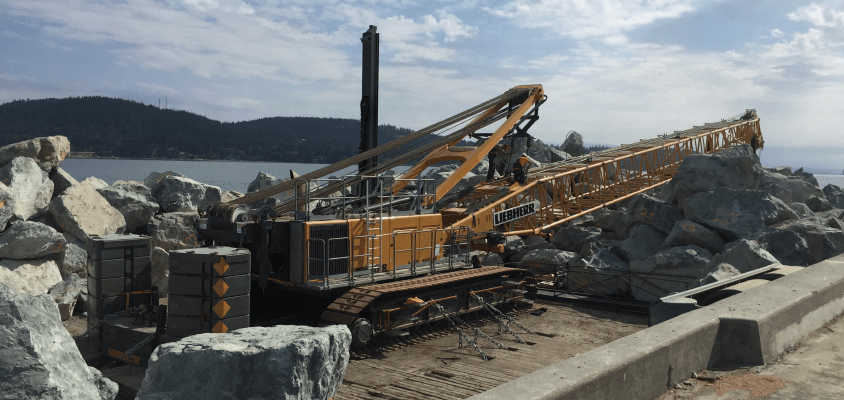
The Cast
Since this was construction/mining, you can bet there was a cast of characters that made the summer an absolute blast (no pun intended).
For on-site engineering and management, we had a HUGE staff consisting of me, a kid with no valuable skill set, and Jon Craig, a Kiewit engineer with a few years of experience under his belt. We technically reported to a project manager, but he was stationed full-time at the jetty—in other words, our parents were NEVER home.
I spent about half my time in the job trailer with my office on one end and Jon's on the other. We had the usual plastic folding tables, shitty computers, and wood-paneled walls for ambiance. I miss the simplicity.
We had Don Neery, the classic old-school construction superintendent, for field management. Big mustache, resume as long as a CVS receipt, and the occasional middle finger thrown your way for fun. After I worked hard to earn his respect, he had many fun stories to offer.
Kenny, AKA the "garden gnome," was the blaster who I spent a lot of quality time with as we loaded shots. Picture a smaller guy with a long white goatee, endless energy, and a passion for blowing shit up.
Everyone else on the crew was salt of the earth, but also the usual tough guys, like Monty, who could’ve kicked my ass at any moment. They were all members of the operators union, so while everyone was friendly, there was a noticeable barrier between us paper pushers and operations.
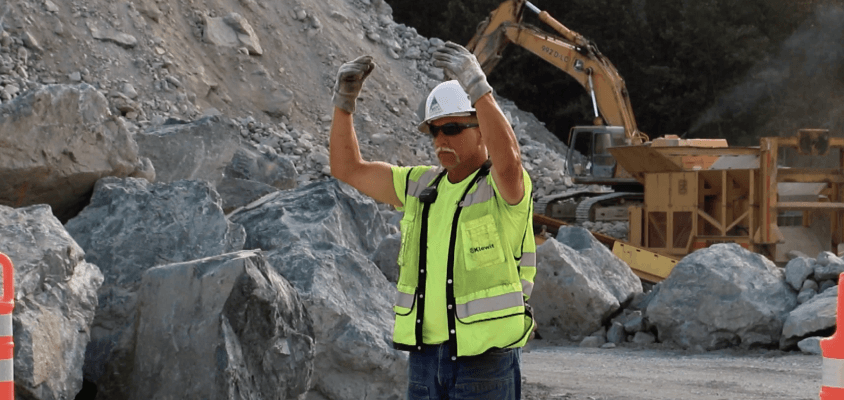
Oh yeah… There was also a 7-month pregnant woman running the scale shack, meaning I inherited the weighing operation toward the end of the summer. But while around, she provided a nice balance from all the big-mustached tough guy energy.
So that's the technical stuff out of the way. On the next one, we'll get into stories about blown-up radios, crabs, and explosive residue through TSA? Oh yeah…
Until then, stay dirty!
BUT WAIT… Bonus content! I found a video DJ helped me put together for my final presentation showing a good overview of the job. If you dare to watch it, click the link below.
Dirt Talk Podcast
Jeremy Whitaker is the Director of Training & Recruitment at C.W. Matthews Contracting out of Marietta, Georgia. It’s something of a unique position, but as you’ll learn from the podcast, Jeremy has the unique background and career path to match. He worked for multiple years a carpenter, a phys ed teacher, a musician/worship leader before he ever began teaching and training young people in construction. After a varied career, he felt the call on his life to combine his passions and experiences and joined up with C.W. Matthews to scale his construction education efforts.
This week on Dirt Talk, host Aaron Witt and Jeremy Whitaker chat about what a career looks like when the two constants are “Jesus and construction”. Jeremy then shares his experience and expertise with engaging high schoolers in the Dirt World and why the current education system discourages students from going into blue-collar careers.
Vlog
Our team got an exclusive look at the making of a specialized racetrack in Miami, Florida, with the experts over at Sunland Asphalt!
In this video, we went behind the scenes as they paved a unique track with 19 turns, utilizing cutting-edge equipment and techniques. You'll see the incredible teamwork and precision required to create a seamless racing surface and learn about the specialized asphalt mix and Echelon Paving technique.
I’ll see you next week!













